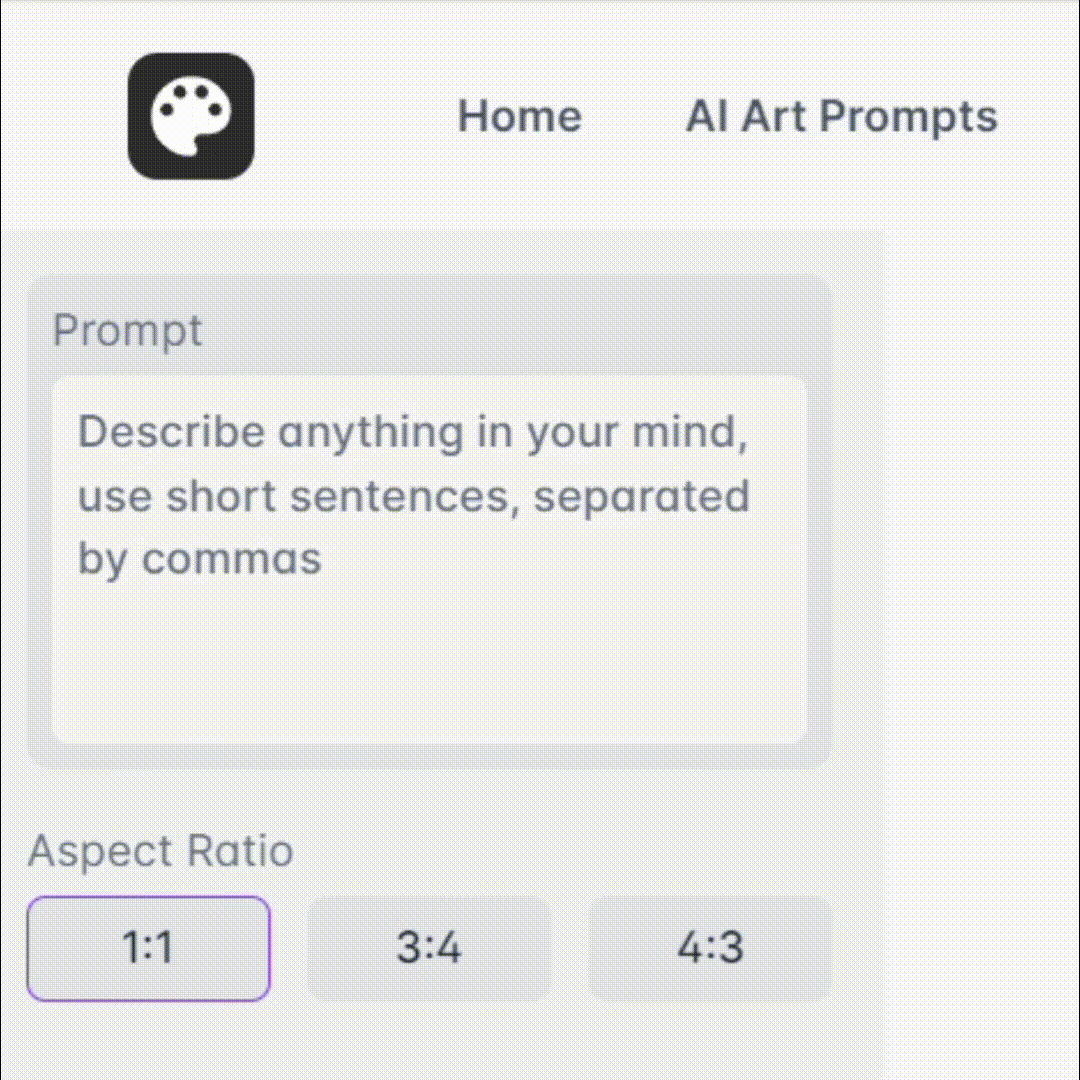
Branch Solver AI - Branch Prediction Insights

Welcome! Let's dive into the intricacies of high-performance processor design.
Optimize Processors with AI-Powered Branch Solutions
Explain the types of pipeline hazards in high-performance processors.
Describe the branch problem in pipelined processors and its impact on performance.
Discuss various branch prediction schemes used in superscalar processors.
Outline innovative approaches to reducing the branch penalty in modern processors.
Get Embed Code
Introduction to Branch Solver AI
Branch Solver AI is designed to address the branch problem in superpipelined and superscalar processors, focusing on control hazards caused by branch instructions. By analyzing pipeline hazards and their effects on processor performance, it explores various techniques to mitigate these issues, such as branch prediction schemes and dynamic branch history compression, aiming to enhance instruction throughput and reduce the branch penalty. Powered by ChatGPT-4o。

Main Functions of Branch Solver AI
Analysis of Pipeline Hazards
Example
Identifying and quantifying control, data, and structural hazards in processor pipelines.
Scenario
Helps in designing processors with optimized pipelines to minimize stalls and improve efficiency.
Branch Prediction Scheme Analysis
Example
Evaluating the effectiveness of static and dynamic branch prediction techniques.
Scenario
Assists in selecting the best branch prediction strategies for specific processor architectures to reduce misprediction penalties.
Dynamic Branch History Compression
Example
Implementing techniques to reduce hardware resources needed for effective branch prediction.
Scenario
Enables processor designs that maintain high prediction accuracy with lower hardware costs.
Ideal Users of Branch Solver AI Services
Processor Design Engineers
Experts involved in the design and optimization of processor architectures, who can leverage Branch Solver AI's insights to mitigate the branch problem and enhance processor performance.
Computer Science Researchers
Academics and students focusing on high-performance computing research, who can use Branch Solver AI to explore novel solutions to pipeline hazards and branch prediction.
Hardware Optimization Teams
Professionals looking to optimize existing processor designs or develop new technologies that require efficient handling of the branch problem.

How to Use Branch Solver AI
1
Initiate your journey by accessing a free trial at yeschat.ai, where you can explore the functionalities without the need for a ChatGPT Plus subscription or any login credentials.
2
Familiarize yourself with the tool's interface and features by reviewing the provided documentation and tutorials to understand how Branch Solver AI can address your specific needs.
3
Define your problem statement or question related to superpipelined and superscalar processors, specifically focusing on the branch problem, to ensure targeted assistance.
4
Utilize the interactive query feature to input your specific queries about branch prediction, pipeline hazards, or processor performance optimization.
5
Review the detailed, comprehensive responses provided by Branch Solver AI, leveraging the insights and data extracted from a Ph.D. dissertation on the topic for informed decision-making.
Try other advanced and practical GPTs
Nicky St. Nic
Master Squash with AI Guidance

BabyGuideGPT
Empowering parenting with AI-driven guidance.

Principia Dalionis
Unlocking Dalio's Principles with AI

Professor Insight
Elevating research with AI insight

Tax Helper
Simplifying tax matters with AI power

Marketing Mentor Machine
AI-Powered Marketing Insights at Your Fingertips

Bad Client Bot
Simulate tough client feedback, refine your creative work.

Resto al SUD
Craft Your Business Plan with AI

Tech Futurist
Envisioning Technology's Tomorrow

Art Explorer
Discover, Learn, and Create with AI

Bro Naming Bot
Bro-ify your brand with AI-powered creativity

iTeachAi Janette Bot
Empowering Educators with AI Insight

Detailed Q&A on Branch Solver AI
What is the Branch Problem in processors, and how does Branch Solver AI address it?
The Branch Problem arises from the delay in determining the correct branch target address in pipelined processors, leading to inefficiencies. Branch Solver AI tackles this by providing insights into advanced branch prediction techniques and optimization strategies, reducing the impact of incorrect branch predictions on processor performance.
Can Branch Solver AI suggest improvements for existing processor designs?
Yes, it can analyze existing processor architectures to identify bottlenecks related to the branch problem and recommend enhancements in branch prediction mechanisms or pipeline design to improve overall performance.
How does Branch Solver AI support academic research in computer architecture?
Branch Solver AI offers detailed analyses, backed by a Ph.D. dissertation, that can support academic research by providing insights into pipeline hazards, branch prediction schemes, and their effects on processor design and performance, serving as a valuable reference for researchers and students.
What types of branch prediction schemes does Branch Solver AI cover?
It covers a range of schemes, including static and dynamic branch predictions, branch target buffer (BTB) utilization, and advanced techniques like global and local history-based predictions, explaining their impact on reducing branch penalties.
Can Branch Solver AI help in designing superscalar processors?
Absolutely, it provides expertise on optimizing branch prediction and addressing pipeline hazards in superscalar processors, guiding users through the complexities of designing processors that can execute multiple instructions per cycle with minimized branch penalties.






